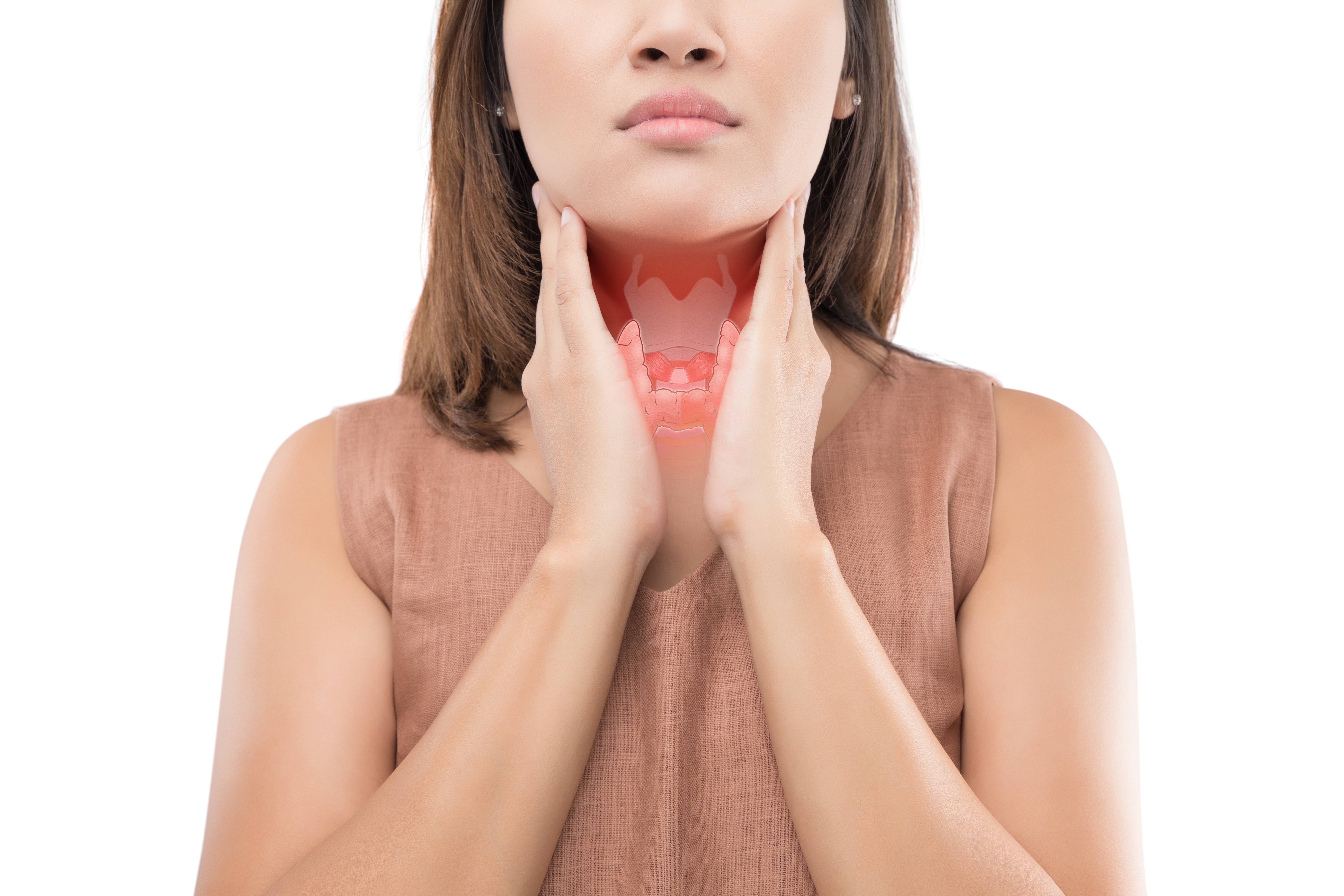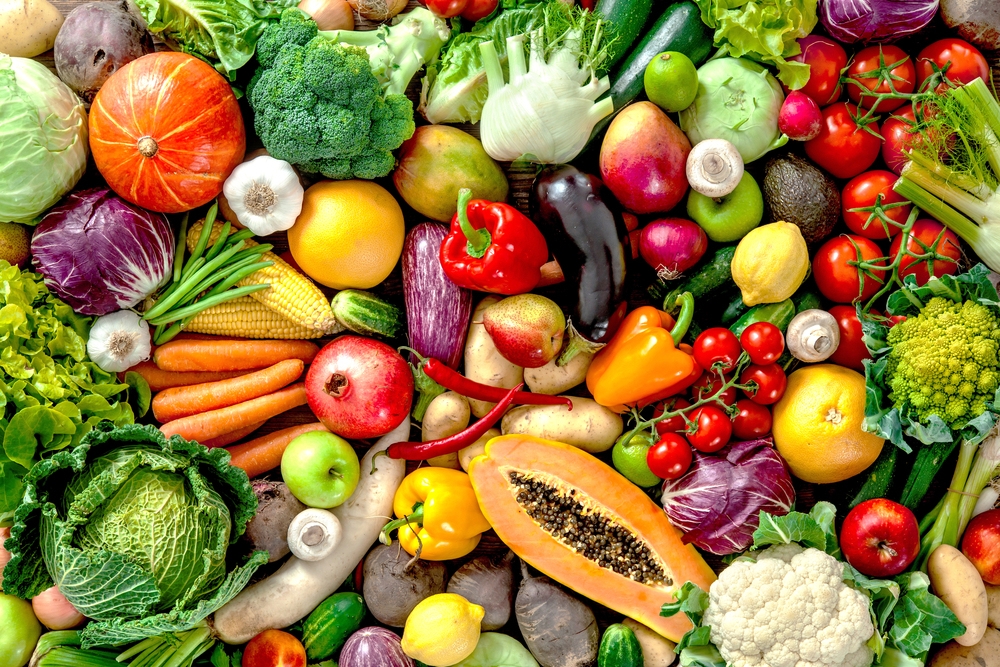
With thyroid diseases, doctors often advise to avoid iodine diet or low iodine diet or iodine-friendly diet. However, patients are often confused and full of doubts.
Which thyroid diseases need to control iodine intake?
Is what an iodine-free diet, a low iodine diet and an iodine-suitable diet?
What foods are available and which foods should be avoided?
… …
Look at this article, perhaps we can have a deeper understanding.
Determine what kind of diet you need
First of all, it is necessary to find out which diet your thyroid problem corresponds to.
- No thyroid problem: iodine-suitable diet hyperthyroidism: iodine-free diet Hashimoto hypothyroidism: low iodine diet thyroid nodules: iodine-suitable diet thyroid cancer surgery, iodine 131 before treatment: iodine-free diet other thyroid problems: need to consult a doctor
If nodules are complicated with hyperthyroidism/hypothyroidism, diet should be based on the requirements of hyperthyroidism/hypothyroidism.
What is the difference between avoiding iodine, low iodine and suitable iodine?
Healthy adults need 150 micrograms of iodine per day (250 micrograms during pregnancy and lactation).
Avoid iodine diet:
Generally speaking, it is to use all efforts to avoid all foods containing iodine. Of course, it is almost impossible not to eat iodine at all, because water sources and soil contain iodine, so you have to drink water and not eat what grows in the soil, right?
Therefore, patients who need to avoid iodine should do their best, at least food with high iodine must not be touched.
Low iodine diet:
Generally speaking, it is to eat a little less iodine than normal people, and the daily iodine intake is less than 150 micrograms.
Iodine-friendly diet:
Like normal people, the daily iodine intake is about 150 micrograms. Obviously, simple thyroid nodules need not worry too much about diet.

How to eat iodine-free diet?
Step 1 Don’t eat iodized salt
When buying salt, pay attention to check the composition table. If there is no [iodine] in the composition table, it is non-iodized salt. Identify the words [non-iodized salt] on the package and don’t be confused by the words [bamboo salt] [low sodium salt] [healthy balance salt], etc.
2. Don’t eat processed foods with added salt.
Such as pickles, kimchi, ham sausage, sausage, meat floss, potato chips, dried bean curd, spicy strips, bread, biscuits, cakes… (10,000 words are omitted here).
Unless you make it yourself, be sure to use non-iodized salt.
3. Don’t eat seafood and seafood
Kelp, laver, seaweed, shrimp and shellfish … (10,000 words omitted here) all have high iodine content.
Yellow croaker, hairtail, Spanish mackerel, salmon and freshwater fish have low iodine content and can be eaten.
STEP 4 Don’t Eat Egg Yolk
You can eat egg white.
Some processed foods may contain eggs. As long as eggs are not the main ingredient (for example, they are in the top three on the ingredient list), it is OK to eat a little.
STEP 5 Don’t Eat Soybean Products
Soybean products refer to soy sauce, soy milk, dried bean curd, etc.
But soybean oil and soybean lecithin (a health product) are edible.
6. Do not eat iodine-containing health care products and nutrition products
Many multivitamins, trace elements, etc. may contain iodine, so you need to see the composition table before purchasing.
So, is what something I can eat?
Patients who need iodine-free diet can eat egg white, fresh raw meat, rice, wheat flour, grains, oatmeal, fresh fruits and vegetables, canned fruits, unsalted peanut butter, non-salt baked nuts, coffee and tea (non-instant coffee), sugar, honey, vinegar, black pepper, spices, vegetable oil, etc.
How to eat low iodine diet?
Compared with iodine-free diet, low iodine diet is much looser.
- If you choose iodized salt or low iodized salt, don’t eat seafood with high iodine content such as kelp, laver, seaweed, shrimp and shellfish, and try to avoid processed foods with salt content. If you choose non-iodized salt, seafood need not be controlled so strictly.
How to eat iodine-friendly diet?
Compared with iodine-free diet and low iodine diet, iodine-suitable diet is more relaxed. Eat normally.
Be careful not to eat kelp, laver, seaweed, shrimps and other seafood with high iodine content for a long time and in large quantities (it is also difficult for ordinary people to eat kelp and laver for a long time and in large quantities).
Avoiding iodine will bring inconvenience to life.
Avoid iodine diet will bring many inconveniences to life, such as:
- It is best to make three meals a day by yourself. Because eating out cannot guarantee eating non-iodized salt and cannot avoid processed foods with iodized salt added. If you eat out, A lot of food can’t choose, Only eat light dishes with less salt, or eat pure natural foods with low iodine without addition, such as fresh fruits, freshly squeezed juice, fruit and vegetable salad without salad dressing, and cold dishes with less salt and no soy sauce. When friends share delicious food, they may have to refuse their kindness, such as potato chips, seaweed, fish fillets, spicy strips, dried bean curd, etc., which have certain iodine content. … …
Avoid iodine diet is so painful, give me a reason to grind my teeth and stick to it!
Hyperthyroidism: Avoid iodine is to limit the synthesis of thyroid hormone and improve the condition of hyperthyroidism. When hyperthyroidism is completely cured, seafood can be eaten again.
Thyroid cancer: Avoid iodine in order to keep the thyroid gland in [iodine hunger state]. Only when radiotherapy is performed can iodine 131 be fully absorbed and the residual cancer cells be completely wiped out. Fuck off, thyroid cancer gentleman!
Leave oneself alone
What if I accidentally ate food with high iodine content?
Leave yourself alone and don’t blame yourself, be depressed or feel depressed all the time. Occasional eating mistakes will not cause too serious consequences, but long-term nervousness, anxiety and mental stress are even more unfavorable to the recovery of thyroid diseases.
